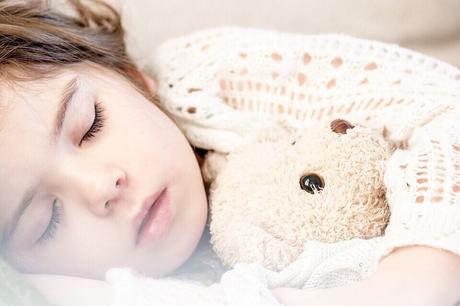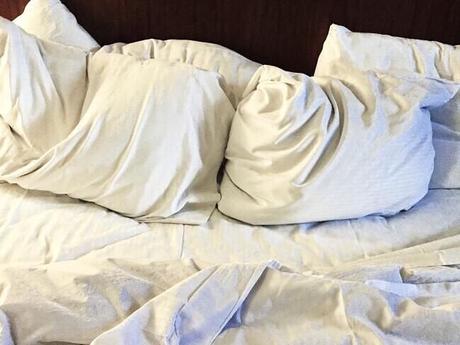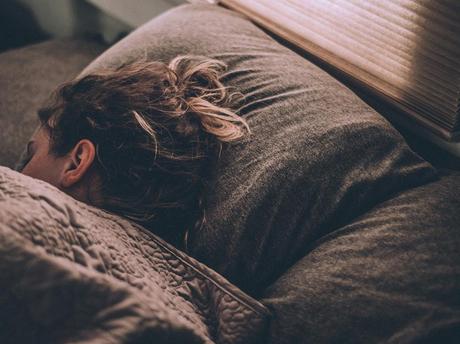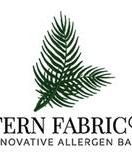Dust mite pillows are a great way to prevent dust mite outbreaks in your home or office. Unfortunately, dust mite mattress protectors do not do the trick. They do not prevent dust mite release or keep dust mite particles from penetrating your bed. You need something better! That's where dust mite pillow covers come into play.
There are many different kinds of dust mite covers available. Hypoallergenic covers are an option that will help those with dust mite allergies while at the same time protecting your mattress. If you have been diagnosed with dust allergies, then the mattress and more importantly the pillow are the first area to begin. The material from which this cover is made is very soft and allows air flow to circulate around the cover. This keeps the dust mite mattress protector at fernfabric.

Cotton Terry dust mite pillow covers are the most common because they are the lightest. They are also often the most affordable. Cotton is a breathable fabric that is great for those hot summer days when your body shivers from the heat. It allows airflow but more importantly allows the air to circulate. Less moisture means fewer dust mites breeding in your bed.
Other pillow protectors that are waterproof are great for the winter months. Some are reversible so that you can change the type of pillow protector that you use. This keeps you from having to wash a dirty pillow cover every time you use it. Another great feature of some waterproof fabric is the ability to dry clean. If your home is not certified as environmentally friendly, you can still dry clean your fabric by hand.

Mattress covers, which include dust mite covers, are great for both children and adults. Most mattress covers are 100% cotton and have some type of zipper to help keep dust mite and other unwanted mites out. These covers are easy to use and allow for your pillow to lay flat on the mattress. Because the covers are waterproof, you will not have to worry about water or any other substance seeping into your mattress.
A laundry additive is an option to wash your mattress covers with. Since dust mites love to hide under mattresses, using a laundry additive will make it hard for them to thrive. Some laundry additive brands are ozone based which makes it very effective in killing dust mite eggs. This method is effective and convenient, however it is quite pricey compared to using a dust mite cover.
The dust mite pillowcase cover comes with a zipper closure at the top of the fabric. You can also buy pillow cases that have zippers. You simply zip the case shut. When you want to remove it, all you need to do is unhook the zipper. Either way you go, you are sure to be happy with the cover's functionality.
Dust mite allergies can make your life miserable. You should try and avoid sleeping next to your mattresses until you can get a dust mite mattress cover. By simply putting a cover over it, you will be sure to sleep peacefully and get a good night's sleep. Not only will you be sleeping better, you will be helping to protect your health by keeping allergens out of your bedroom.

You can find a wide variety of these pillow covers on fern fabric. Many are machine washable and some are not. Most are made from durable, waterproof materials that are comfortable and look good too. You will find them in a variety of colors, sizes and patterns.
Many manufacturers use high technology in their production process. They use cotton, polyester or a combination of cotton and polyester fibers to produce the fabric. The most common fabric used is a 100 percent cotton blend. The fabric is sometimes blended with other fibers to give it a softer feel.
Dust mite covers are very easy to care for. Simply use a dust mite shampoo to clean them and then set in a dryer on low. Some manufacturers recommend using a small amount of bleach when you first wash them. You may also consider using a humidifier to keep your home's humidity level low. Most covers will be machine washed, but it is recommended that you handwash them to ensure they are completely clean.

